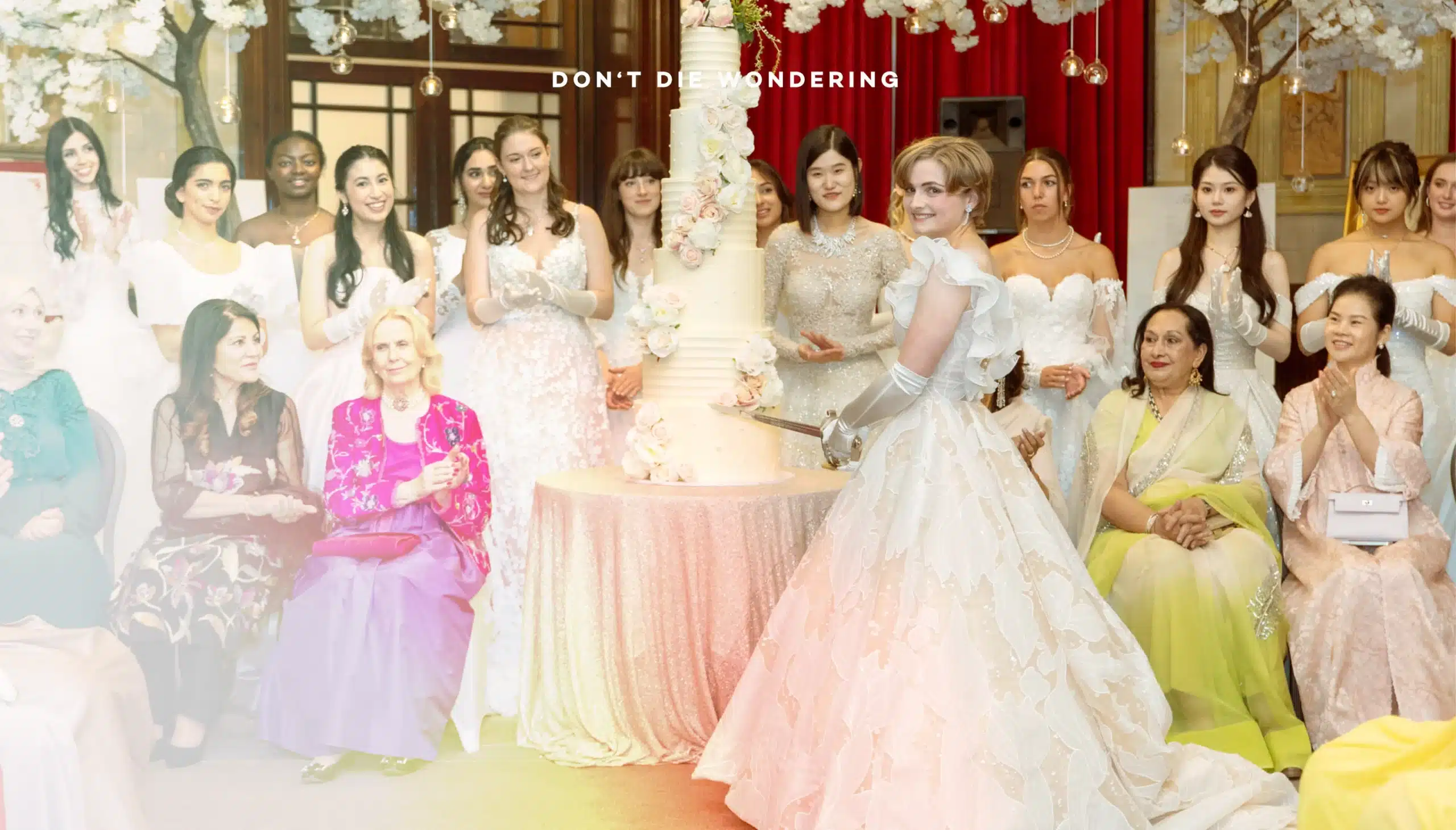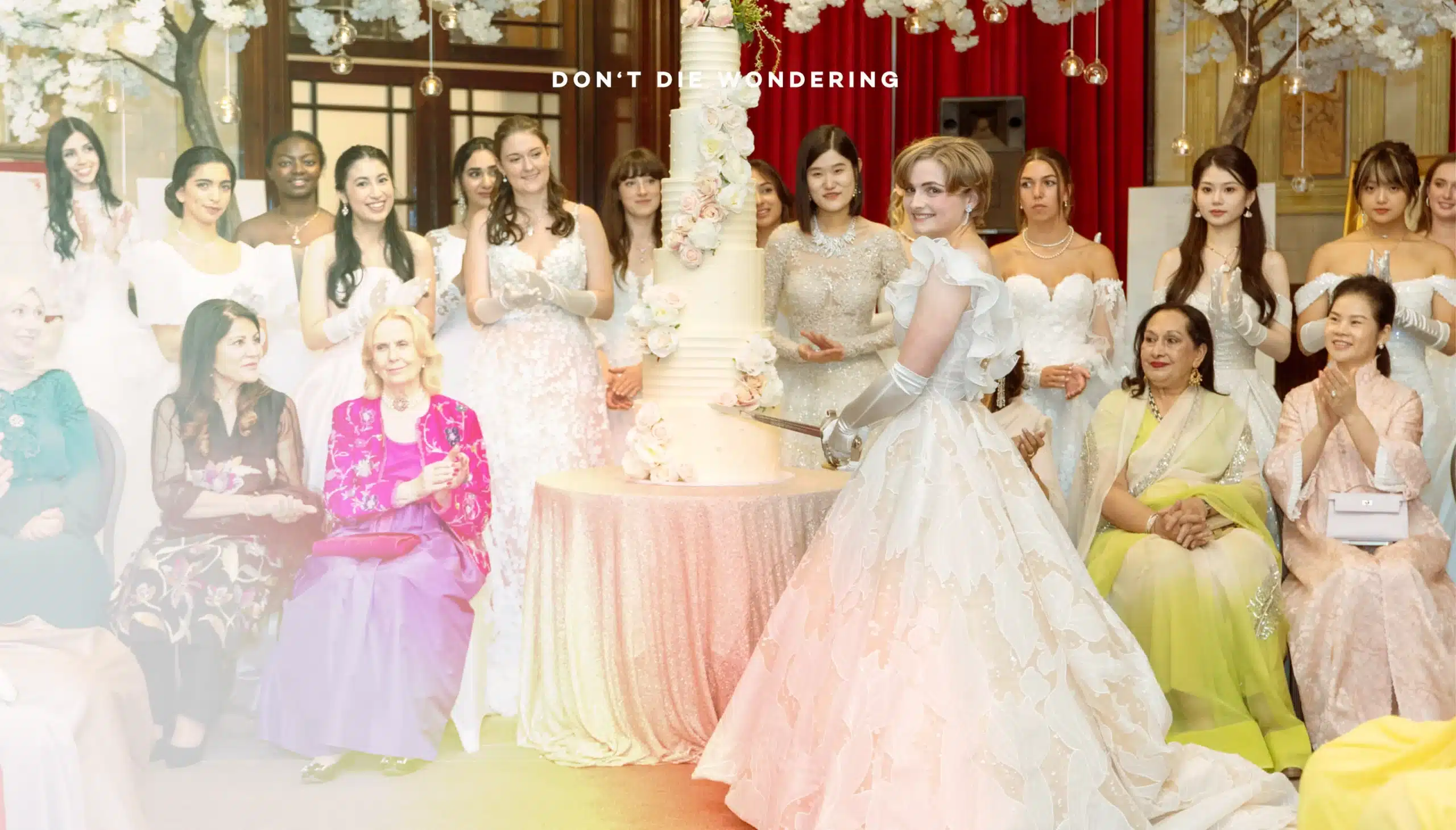You’ve got a doctor’s appointment. The rich have ópera evenings, débutante balls and horse races. Find out more about the social season.
There’s rich, and then there’s “my daughter went to a debutante ball as her introduction to high society” type of rich. If you think balls and the social season are exclusive to Downton Abbey and Marie Antoinette – you’re in the wrong. Every year, the wealthiest of society make their way into the public eye, stepping foot into the elite equipped with pompous dresses and tailored suits accompanied by a painstaking price-tag.
We’ve already told you all about Le Bal, one of the most prestigious introductions to high society for young ladies and gentlemen. But the calendar is busy with even more of these events, almost all year round. With the season coming to an end as September closes, its not only time to wake up Green Day singer Billie Joe Armstrong, but to review this year’s aristocratic calendar.

The History of The Social Season
The tradition of the annual social season emerged in the 17th and 18th centuries among the European aristocracy and elite classes. It involved an annual calendar of exclusive balls, dinner parties, and cultural events that allowed the upper echelons of society to come together, socialize, and arrange advantageous marriages.
The “Season” originally coincided with the annual sitting of Parliament in London, when members of high society would travel to the city from their country estates. It later expanded to other major European capitals like Paris and Vienna. Events like debutante balls marked young women’s formal entrance into society.
The Season carried on into the 19th and early 20th centuries as a way for elite families to parade their marriageable sons and daughters. However, its exclusivity and formality slowly declined after World War I. Still, the Season’s traditions of debuts, regattas, and high-profile sporting events continue in some social circles today as networking events for the upper class.
The Sports Calendar
Rich people revel in sports like golf, horse riding or tennis, which means events like Wimbledon, Ascot, or Boodles Tennis are great social occasions.
These prestigious sporting events provide opportunities for the wealthy not only to partake in their favorite pastimes, but also to see and be seen mingling with others in their social sphere.
The ritzy crowds at these events dress to impress while discreetly assessing who has risen or fallen in status since the last event. VIP tents and hospitality suites provide comfortable settings to broker business deals and arrange marriages between elite families. While keeping up the appearance of enjoying the sport itself, much of the real action at these upper crust gatherings is in observing subtle power plays and social positioning among the attendees.
For the aristocracy and the upper echelons, these high-profile sporting events are a chance to reaffirm their status through participation, patronage and being spotted rubbing shoulders with others of their rank. More than just sports, these occasions comprise an important part of the social calendar and networking opportunities for the elite.

The Cultural Calendar
Culture for the wealthy is full of things like Operas, flower shows and car exhibitions.
These formal events allow the upper crust to demonstrate their refinement while mingling among their own social class.
Attending the opera opening night in a couture gown illustrates one’s wealth and taste. Volunteering on a floral design committee for the Chelsea Flower Show establishes community status. Exhibiting a rare vintage car at Concours d’Elegance events highlights both luxury collections and generosity if auctioned for charity.
The cultural schedule provides a plethora of chances for blue bloods to enact their values of education, the arts, philanthropy and environmental conservation through patronage and participation. Supporting musicians, commissioning pieces for the ballet, or donating prized works to museums cements legacy.
Of course, culture also offers yet another opportunity for exclusivity – opening nights, VIP receptions and backstage passes separate the elite from average patrons. Discreet corporate sponsorship of exhibitions provides networking opportunities. For the upper class, high culture is both self-improvement and self-promotion. The wealthiest maintain tight control over esteemed Board of Trustee positions, museum acquisitions and invitations to the most coveted cultural events.


